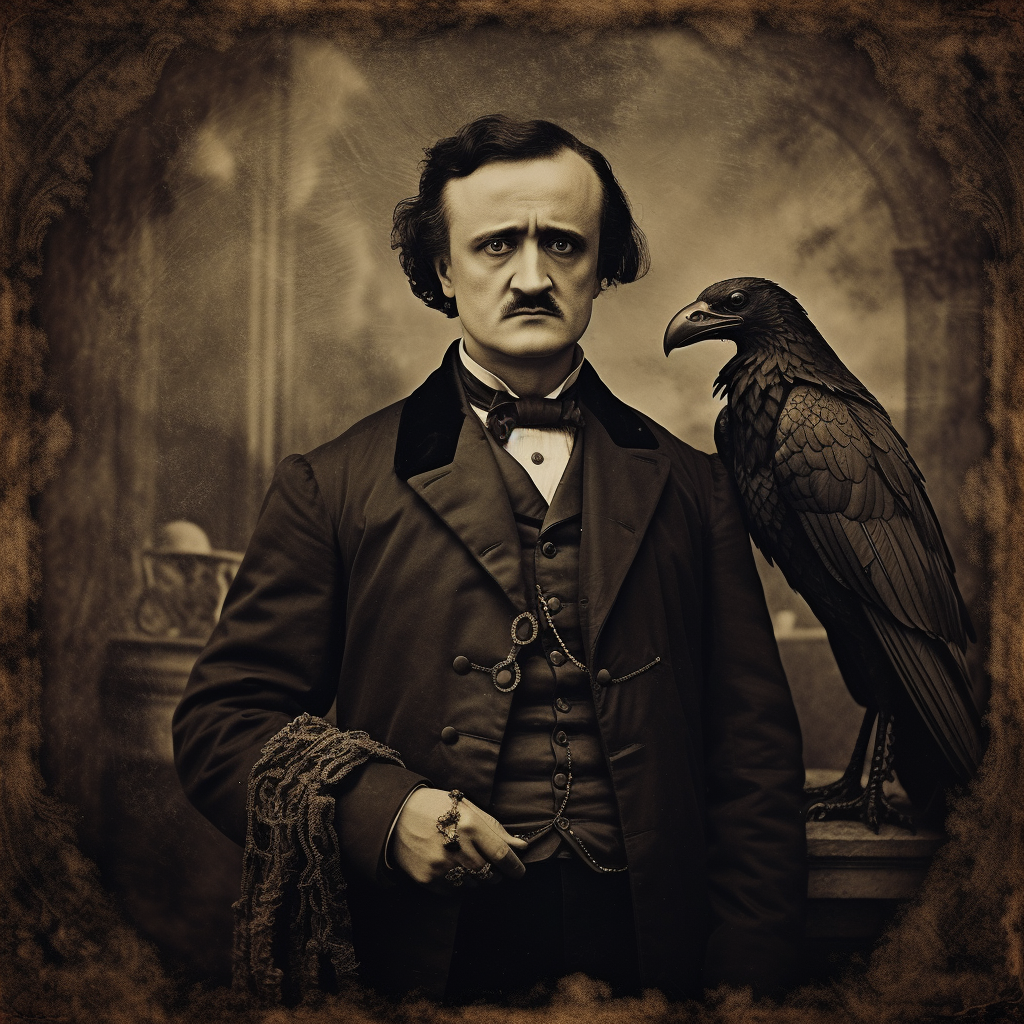Uncategorized
Structural relation of “The Raven” poem by Edgar A. Poe and its connection to Musical Composition –
Structural relation of “The Raven” poem by Edgar A. Poe and its connection to Musical Composition
Edgar Allan Poe was one of the most famous American Romantic writers. Critic and editor, he was also known for his poems, which probably the most famous is “The Raven“; he showed a remarkable structure on this masterpiece, and in this article I will draw a parallel of his line of work in the abovementioned poem and how this can be compared and related to the musical structure.
This article is the second part of Gisela’s series of articles. The Part I has been previously posted, in which she explains the musical composition from Aristotle’s poetic thought. Now, it is the turn of Edgar Allan Poe’s.
Firstly, we have the Intention
Poe shows that not a single point of its composition is preferable to accident or intuition, for example, in his work “The Raven” the poem is a step-by-step piece that advanced to its conclusion with the precision and the rigid consistency of a mathematical problem. In the case of musical composition, the work is also structured from the beginning to the end, delineating its form, its melody, rhythm and proportion according to the initial exposition (or first statement) of the musical motif.
Then, we have the Extension
Poe states that if a literary work is too long to read “in one go”, we must content ourselves on dispensing with the immensely important effect that he calls the “Unity of effect”. The writer reinforces saying that the extension, “keeps a mathematical relation with its merit, in other words, with the degree of the true poetic effect that it is capable of inducing since it is clear that the brevity must be in direct proportion with the intensity of the desired effect.”
This particular input that Poe makes with outstanding clarity serves immensely in music, although the music is always heard “in one go” as previously stated conversely as a poem or book, we can easily fall into the mistake of disproportionately prolong sections in music going against the momentum of the piece, breaking in this way its natural flow.
The transmission of the “Unity of effect“: […] in all the construction, I have constantly in mind that the purpose of making the work universally appreciable. […]
With this idea, we can ratify why the choice of tonal elements of the called “common practice” in music is still used as a common denominator that is understood by everyone even when they have not been used in a stylistic framework used in any previous work.
[…] “Truth demands precision and passion, an ugliness” […] On this point, Poe adds: “nothing said here is followed in any way that the passion or even the truth cannot be introduced, and even introduce profitably, into a poem, because they can serve for elucidation or help the general effect, such as dissonances in music, by contrast, but the true artist will manage to harmonize them with an adequate submission to the main purpose “[…]Lastly, we have the Axis: As well as the axis around which Poe rotated the entire structure of his poem were the words “nevermore” in “The Raven“, in the case of music, we can draw a parallel with, for example, the Fugues of the Baroque period, where the whole musical piece is based on the axis of a subject of no more than 2 bars, monothematic pieces in which the motive stationary while other variables, such as harmony, texture and orchestration will change.
This brief article did not intend to give a thorough insight into the poetic structure but yes inspire you as composers into looking into other branches of the Art to broaden your views. I strongly recommend reading this fascinating poem and how its structure can be analysed in timing and structure as musical sections.
Soon, we will come back to release the third and last part of this interesting compositional series.
Ps. Do not miss the Part III and last chapter of this series of articles about the concept of art from the viewpoint of Stravinsky.
#GiselaPaterno #pianolessonslondon #compositionlessonslondon #pianoteacherslondon #compositionteachers #musiclessonslondon

